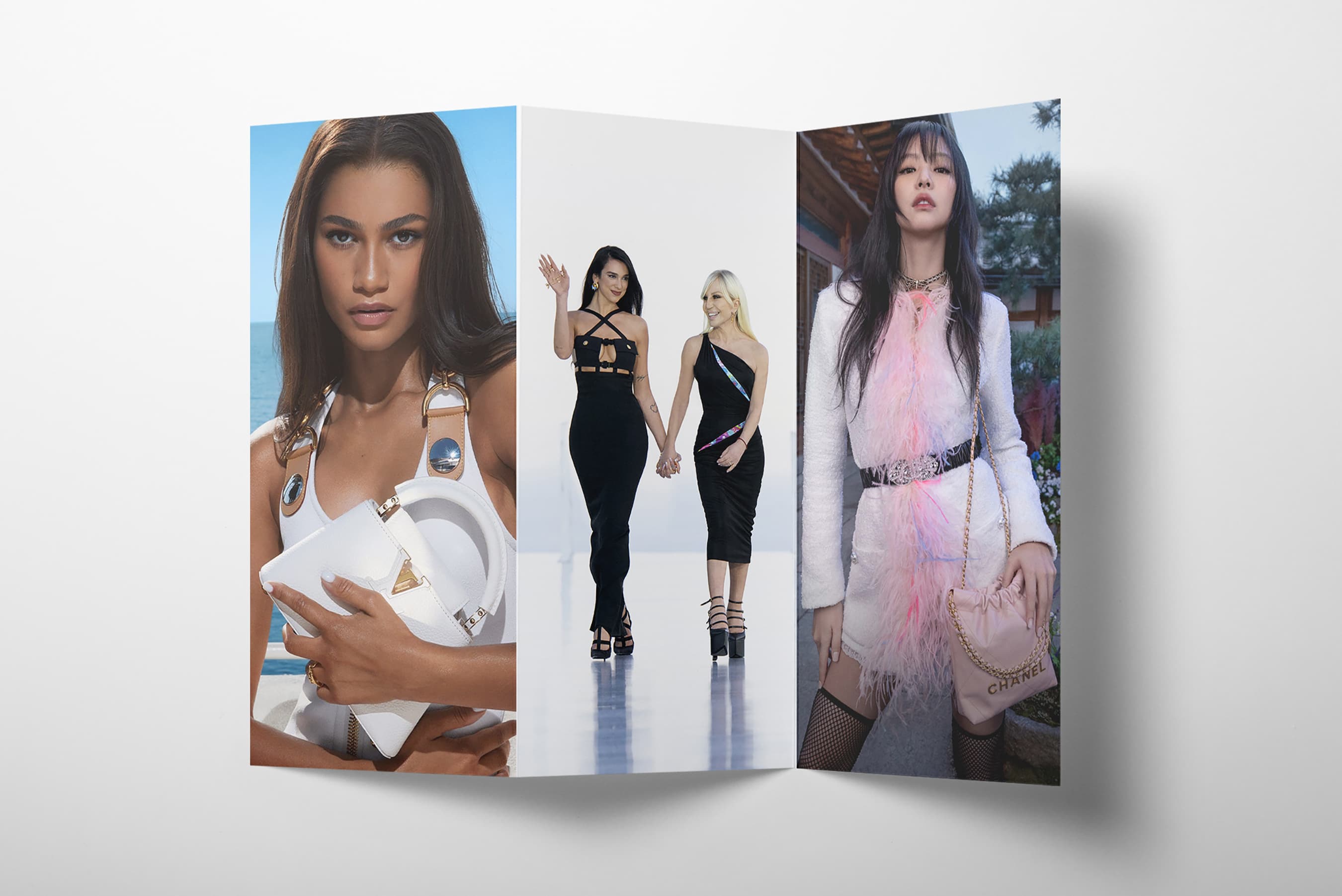More than an Endorsement: How Brands Capitalize on Ambassadors
By Neal Bhattacharya
Fashion has always been intertwined with celebrity, but this relationship has taken on a new meaning in the age of the brand ambassador. From Dua Lipa’s role as Co-Creative Director for the latest Versace collection to Jimin of BTS joining forces with Dior, an ambassador lends a brand gravitas—more gravitas, anyway, than a feature in an ad campaign—for through this partnership, a celebrity’s image is merged with the brand’s. In this article, we will explore how fashion houses have leveraged this partnership to not only generate significant consumer interest but also to launch rebranding campaigns. We will also identify areas where further development is still possible.
Key Takeaways
Embrace Authenticity: Brand ambassadors have the power to create a buzz and raise awareness for a fashion brand by captivating their followers and fans. This attention translates into heightened exposure and increased brand recognition. To cultivate a seamless partnership, it is crucial for the brand to prioritize authenticity and ensure that the collaboration aligns with the values and goals of both parties involved. Ideal brand ambassador partnerships involve a deeper resonance of values and philosophy between the celebrity and the products they represent, resulting in a genuine embodiment of the brand’s identity.
Empowering Ambassadors: Collaborations and special projects with brand ambassadors can result in unique and creative collections that combine the ambassador’s style and the brand’s aesthetic, Through the synergy of their distinctive style and the brand’s aesthetic, extraordinary collections are curated, maximizing the partnership’s impact and generating substantial earned media value.
Media & Global Outreach
At heart, a brand ambassador can help generate buzz and raise awareness about a fashion brand. The announcement of a partnership can attract attention from their followers and fans, potentially leading to increased exposure and brand recognition for the fashion house. Through collaborations with ambassadors, fashion brands can seamlessly tap into the ambassadors’ significant following on social media platforms. This strategic partnership enables the brand to gain access to new potential customers and enhance engagement with its content, leveraging the ambassadors’ existing audience. Brand ambassadors can leverage their social media platforms to promote the brand through sponsored posts, stories, or dedicated content.
This seamless integration of a brand into the ambassador’s social media profile can drive traffic to the brand’s website, increase social media followers, and encourage consumer engagement. And the EMV is nothing to scoff at: as highlighted in the Karla Otto x Lefty report, K-pop idol Rosé, with an impressive reach of 68.6 million Instagram followers, generated a staggering $10.2 million in EMV for Saint Laurent’s Fall 23 Show.
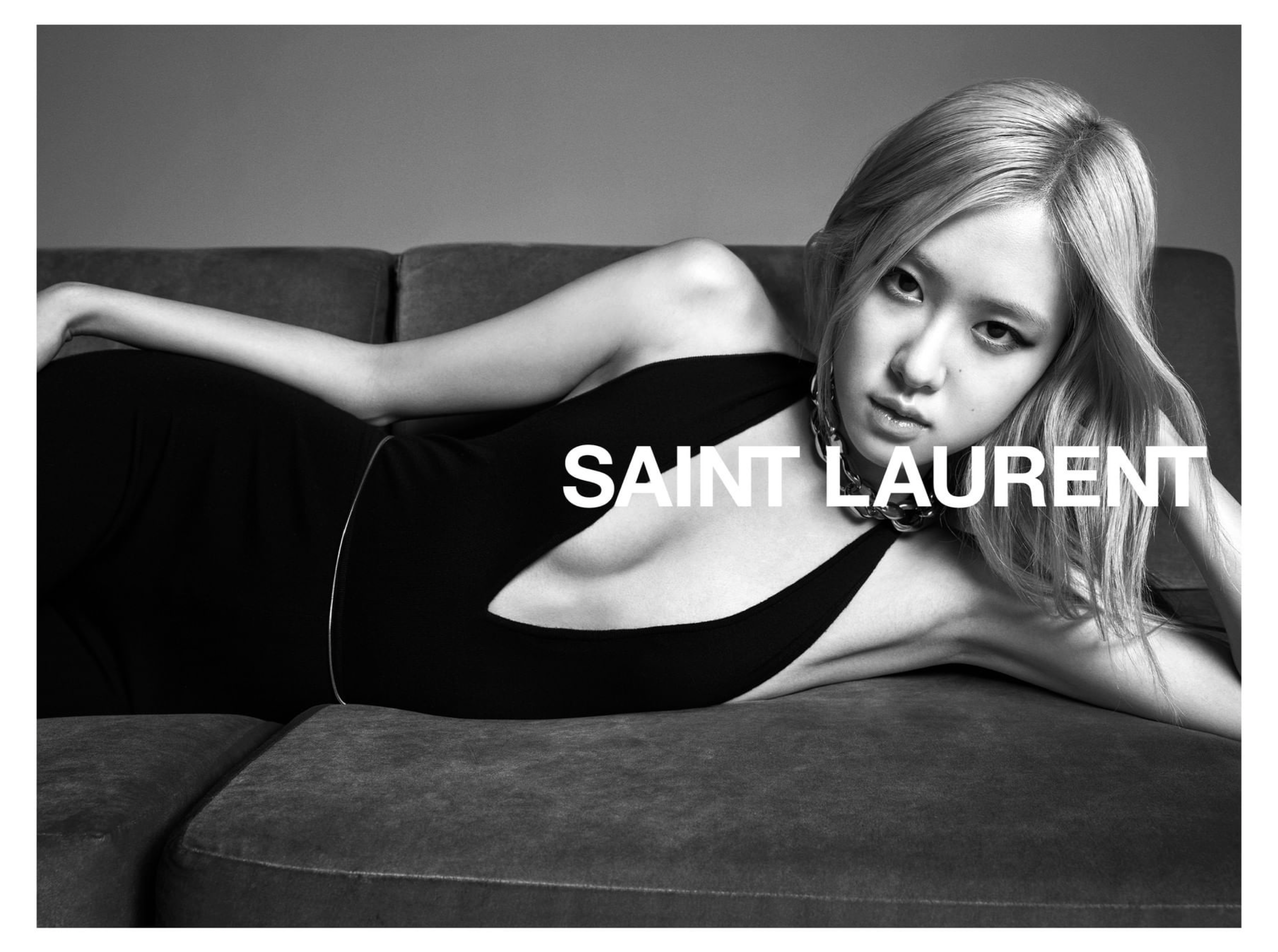
A fashion brand ambassador can also actively promote the brand’s products, whether by featuring them in their content, attending events wearing the brand’s items, or providing exclusive discounts or codes. Their endorsement can influence their followers’ purchasing decisions, potentially leading to increased sales for the brand.
One need only look at KPOP stars, who have been recruited by many brands. Their fans track their every move on dedicated blogs and bountiful TikTok accounts. BTS star Kim Tae-hyung, aka V, can make almost anything—from headbands to video games—go massively viral, a phenomenon known in fan circles as “The V-effect.” It’s small wonder, then, that when the French house Celine debuted V as its global brand ambassador, the event generated huge interest worldwide. Fan art depicting the debut even popped up on Twitter, complete with French motifs.

But large fan bases come with risks. They can be thorny. Margot Robbie recently had an ill-fated tenure as Chanel’s ambassador: the actress’s fans mocked the house for what they saw as a failure to exercise her full potential, lambasting designers for restraining her in fits they found to be limiting. TikTok was elated at the slightest hint that Robbie was moving on to Bottega Veneta, “liberated” from Chanel. The actress, soon to star as Barbie in a major motion picture, seems on paper like a good fit for the house, as Chanel has cultivated a traditionally feminine ideal in most of its lines.
The partnership’s prickly reception suggests that–
the selection of an ambassador must take into consideration the composition of their fan base. After all, an ambassador is an ambassador between a brand and a celebrity’s following.
Margot Robbie, despite her classic beauty, has built an audience from alternative superhero films (such as Suicide Squad) and black comedies that border on the post-modern (such as I, Tonya). Her fanbase is likely to lean towards a more niche interest, and may indeed find Chanel’s style of femininity too stuffy.
Strategic Pairings
If a fashion brand is angling for a demographic outside its usual ambit, an ambassador can accelerate the campaign. Fashion brand ambassadors are often individuals who have established themselves as experts or influencers in the industry. Their endorsement of a brand can lend credibility and trustworthiness, as their followers may perceive them as reliable sources of fashion advice and recommendations.
But it’s important to note that the value of a fashion brand ambassador may be worth more than what immediate financial returns could measure.
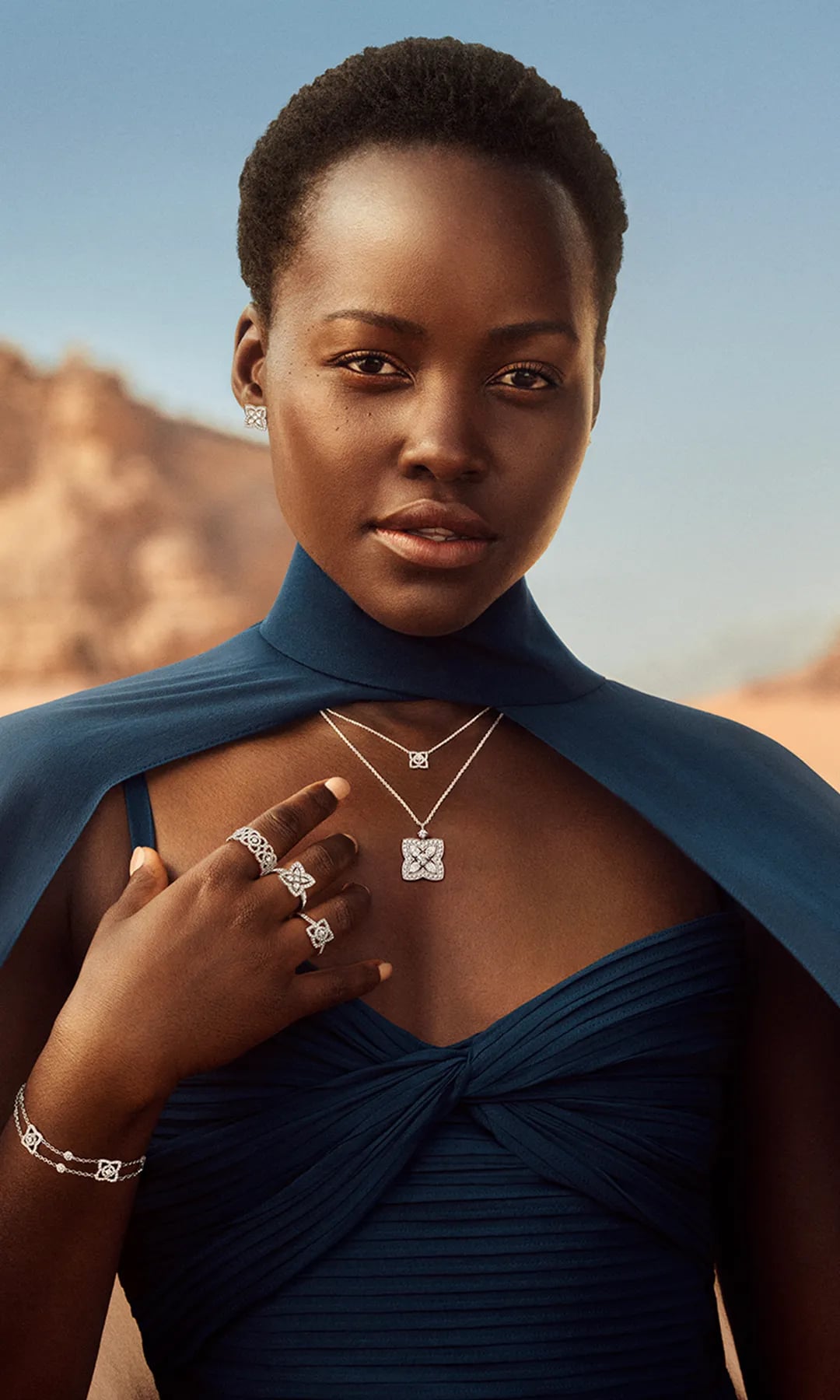
An ambassador’s impact can extend to intangible benefits such as brand image enhancement, improved reputation, and fostering a sense of community and connection with the brand’s target audience.
Whereas Chanel might be wary of again choosing an actor because of the public image generated by the films they star in, some brands perhaps select actors for just this reason. De Beers, a controversial diamond vendor, recently announced Lupita Nyong’o as its global brand ambassador. The Kenyan-Mexican actress is known for her roles in the Afrofuturist megahit Black Panther and the drama 12 Years a Slave, for which she won an Oscar. They are both films where liberation is hard won against all odds. From such roles, Nyong’o has carved an image that is socially conscious and progressive. So De Beers—a company with a history of exploitative mining practices—might hope to utilize Nyong’o’s progressive aura to sand off its controversial veneer. (According to its director, the political action film Blood Diamond, starring Leonardo DiCaprio, was specifically aimed at companies like De Beers, and the company hasn’t been able to shake off that association.) In this context it’s helpful to remember that the term “brand ambassador” was appropriated from the philanthropic world (think Goodwill Ambassador), from which it derives an air of piety.
Collaborations and special projects
In some partnerships, the ambassador plays a more active role. For Versace, Dua Lipa recently designed a well-received collection titled La Vacanza, Italian for “the vacation.” The line is a perfect blend of the English pop icon and the fashion house, featuring a loud pastel palette and butterfly motifs atop archival Versace pieces. Leading up to the partnership, Dua Lipa proved her synergy with the designer by wearing Versace on red carpets around the world.
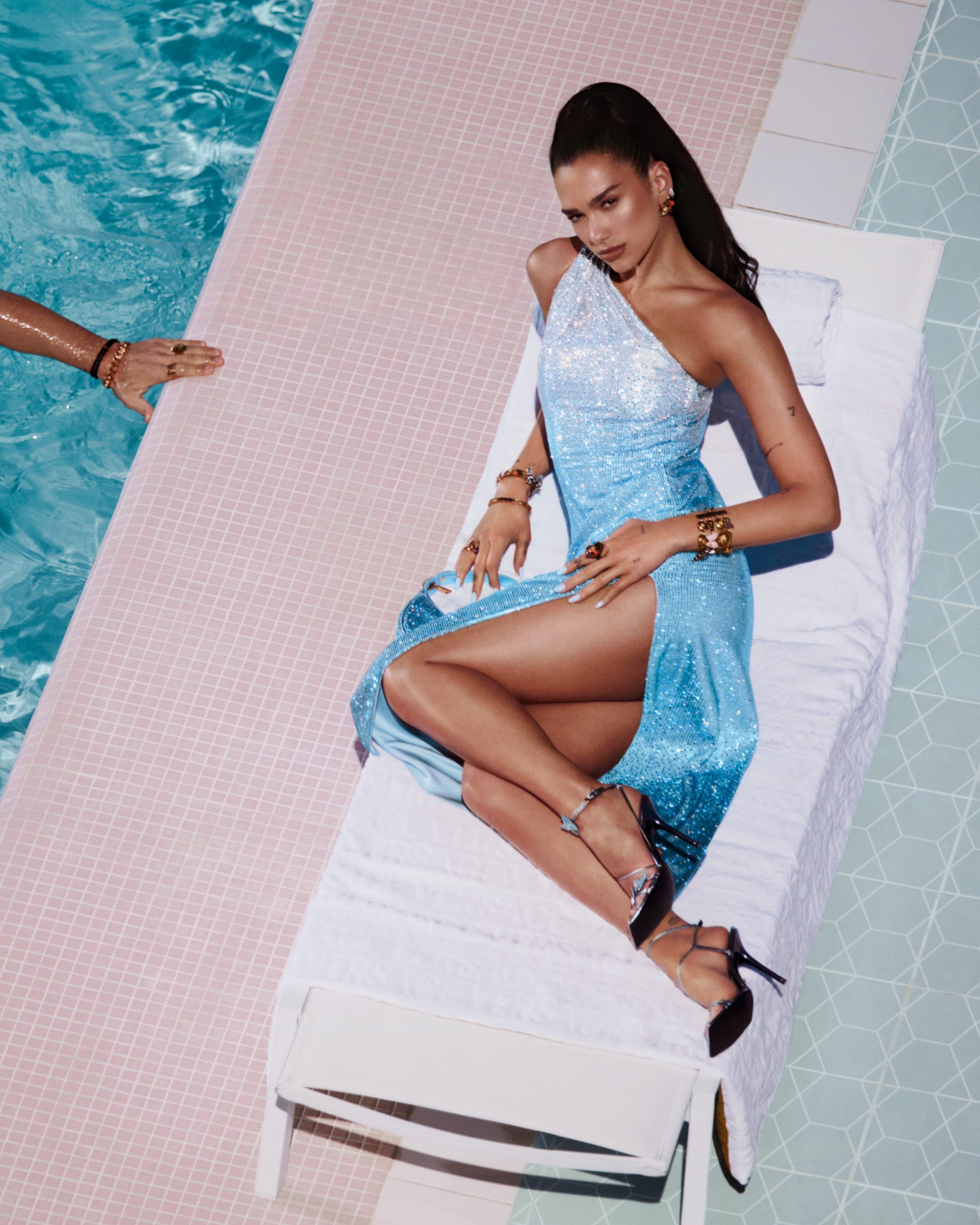

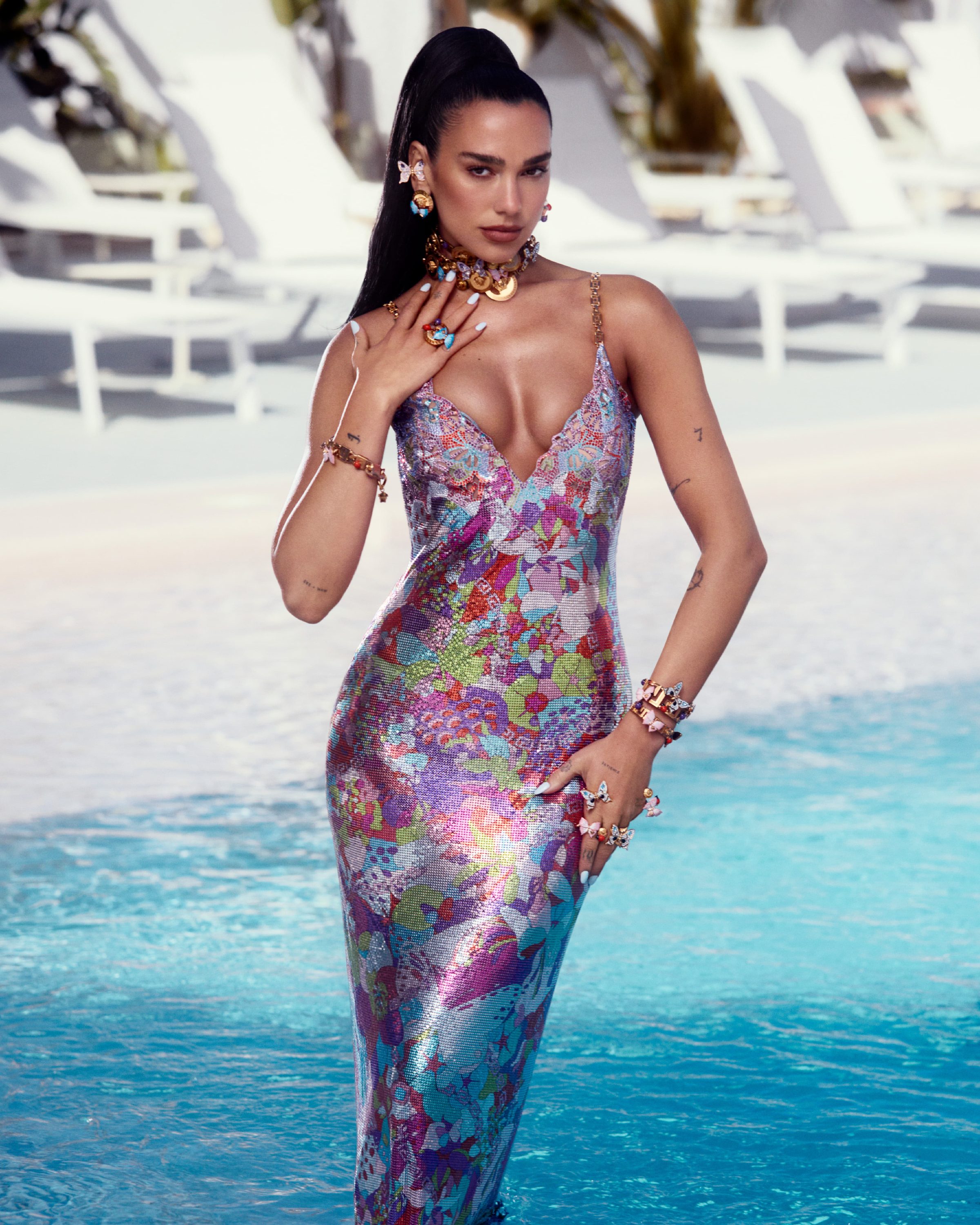
This is a case where a house fully capitalized on an ambassador. By allowing Dua Lipa creative freedom, Versace showed trust in her new ambassador and highlighted their mutual affinities. Houses and designers would be smart to follow this example. They might opt to choose ambassadors who can do more than just serve as a conduit for their fan base. A true creative partnership would bring, in any case, a deeper commitment from an ambassador’s following. It’s evident that the collaboration yielded remarkable results, as the event itself generated an impressive $31.9 million in Earned Media Value (EMV), with Dua Lipa alone contributing a substantial 19.8 million to that figure.

Another example of a successful collaboration between a celebrity ambassador and a fashion house is the recent partnership between Kim Kardashian and Dolce & Gabbana. Kardashian joined forces with the renowned brand for their spring/summer 2023 fashion show at Milan Fashion Week. The collection showcased reimagined archival looks curated by Kardashian, featuring a striking color palette of blacks, metallics, and leopard print. Models adorned choker necklaces spelling out “KIM,” while a captivating video of Kim eating spaghetti played in the background, adding a touch of whimsy. At the end of the show, Kim made a grand appearance in a sparkling black gown, receiving applause from the audience. In an Instagram post, she expressed her admiration for the confident and glamorous aesthetic of 90s and 2000s looks, stating that each piece in the collection held a unique memory. Prior to the show, Kim channeled Marilyn Monroe in advertisements, further generating buzz and anticipation. Notably, her daughters, Chicago and North, graced the front row of the show, dressed in mini versions of iconic Dolce & Gabbana styles that their mother had previously worn.
The collaboration exemplifies the potential of an ambassador playing an active role, as Kardashian’s involvement in directing the models and curating the collection showcases a deeper creative partnership beyond being a mere conduit for her fan base. This example sets a precedent for houses and designers to consider ambassadors who can contribute creatively, fostering a stronger commitment from the ambassador’s following and maximizing the collaboration’s impact.
If Things Go South
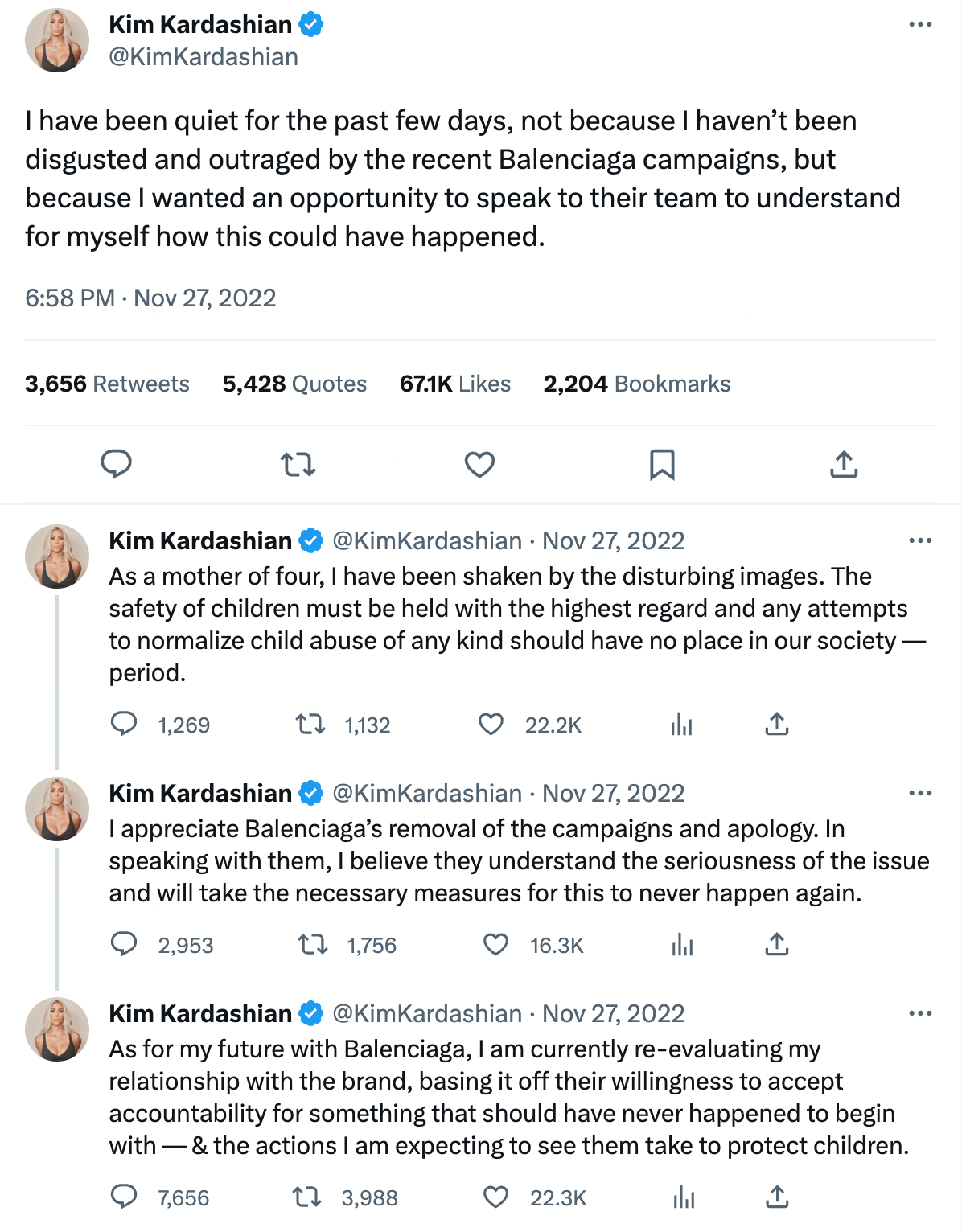
Things can go south, however. If the brand or the ambassador gets bad press, the other is likely to get some collateral damage. But that doesn’t necessarily spell the end of the partnership. Last year, Balenciaga received massive blowback for its remarkably ill-conceived ad campaigns, featuring children with BDSM-themed teddy bear bags. Kim Kardashian, who has been credited for fueling the house’s recent success, was pressured to speak up. After days, Kardashian tweeted that she was “disgusted and outraged” by the campaign, and then, for a time, distanced herself from the brand. But recently, she has again been seen wearing the Balenciaga during a family trip to Tokyo. Controversy can be waited out, it seems.
Kim ran into a predicament when a brand’s image became tarnished. The reverse could also happens: the ambassador might be embroiled in controversy, placing the brand in an awkward position. During the Amber Heard trial, Dior had to decide whether to drop Johnny Depp, a longtime ambassador for the Sauvage Dior fragrance. The house opted to remain silent, and his campaign continued to appear on bus stops and TV while the drama unfolded in the courtroom. Yet Dior’s choice to keep the actor was ultimately rewarded. The controversy actually seemed to help the brand. According to Bernard Arnault, CEO of LVMH, during the presentation for the luxury conglomerate’s 2022 financial report on January 26, Dior Sauvage emerged as a frontrunner in perfume sales throughout the year, attaining remarkable success driven by the influential image of Johnny Depp.
Loyal Partnerships
If a brand ambassador has a genuine affinity for the fashion brand, their partnership can extend beyond a one-time collaboration. By building a long-term relationship, the ambassador can become a loyal supporter of the brand, consistently advocating for its products and values.
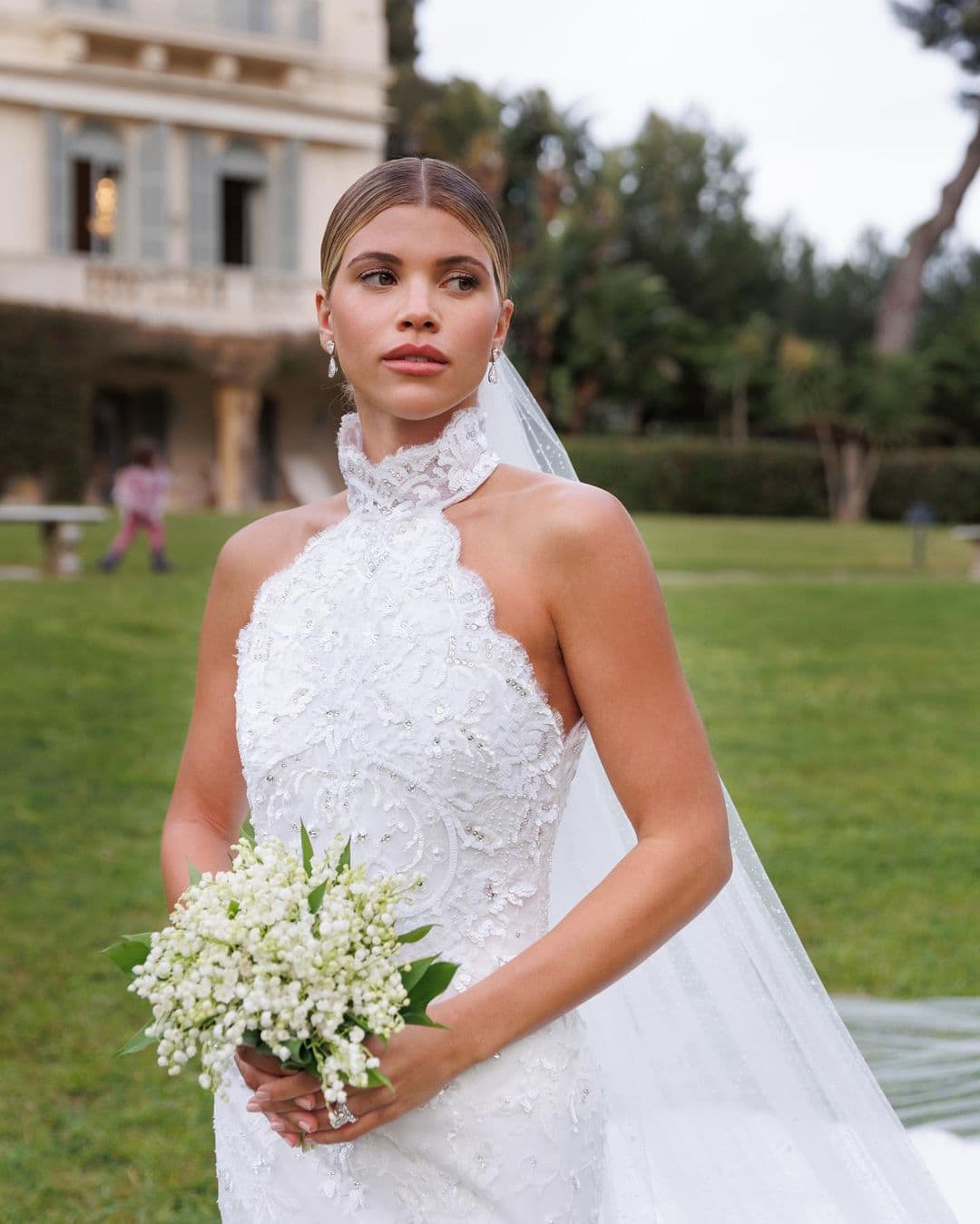
After the Margot Robbie debacle, Chanel is surely aching for a do-over. They might be soft-launching one with the model Sofia Richie, who is a fan of the house. Richie recently wore Chanel dresses throughout her wedding events and credited the house for “making her feel like a princess.” There is perhaps no better way to audition for a merging of public identities than to wear a brand’s dress at your wedding. If Chanel does select Sofia Richie as its next ambassador, they would be making a safe bet. As she is primarily a model, Richie is unlikely to bring all the associations that come with an actor like Robbie.. In fact, whenever Richie has been in films or TV, she only cameoed as herself.
Deep affinities can be rewarded, however, and an actor can embody the partnership in work and life. Although it wasn’t known by that name, the idea of the brand ambassador goes back to at least the collaboration between Hubert de Givenchy and Audrey Hepburn. The actress wore the couturier’s designs in nearly all of the films she starred in, championing his work and acting as a source of inspiration for him, even before either achieved stardom.

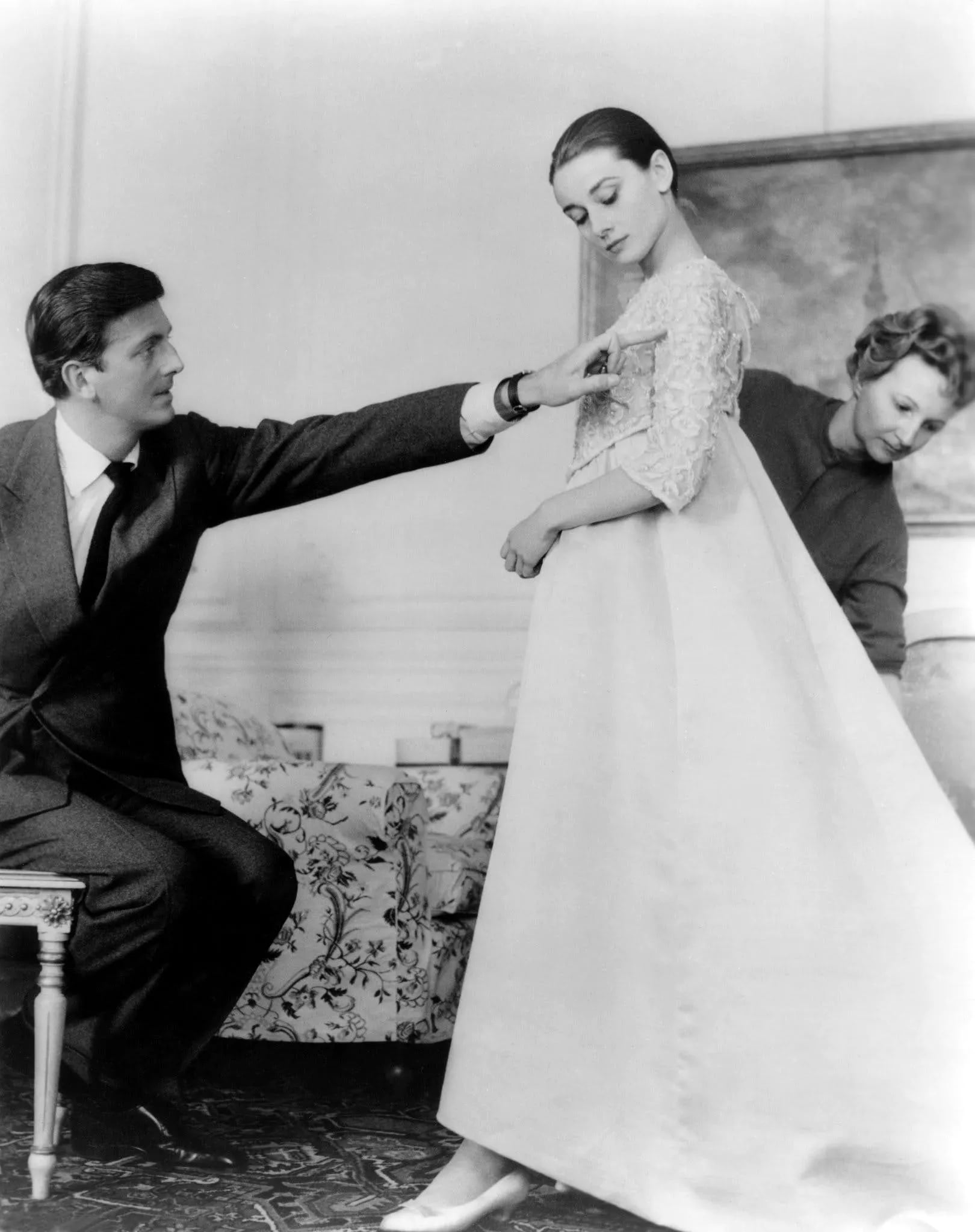
In a sense, Hepburn and de Givenchy embodied brand ambassadorship at its most ideal, for such a partnership suggests a deeper resonance of values and philosophy between a celebrity and the products they’re representing.
And the artistic practice of one genuinely seemed to inform that of the other: Givenchy’s elegant, sporty looks found expression in Hepburn’s equally spry characters, and vice versa. Givenchy “is more than a designer,” Hepburn famously said. “He is a creator of personality.”


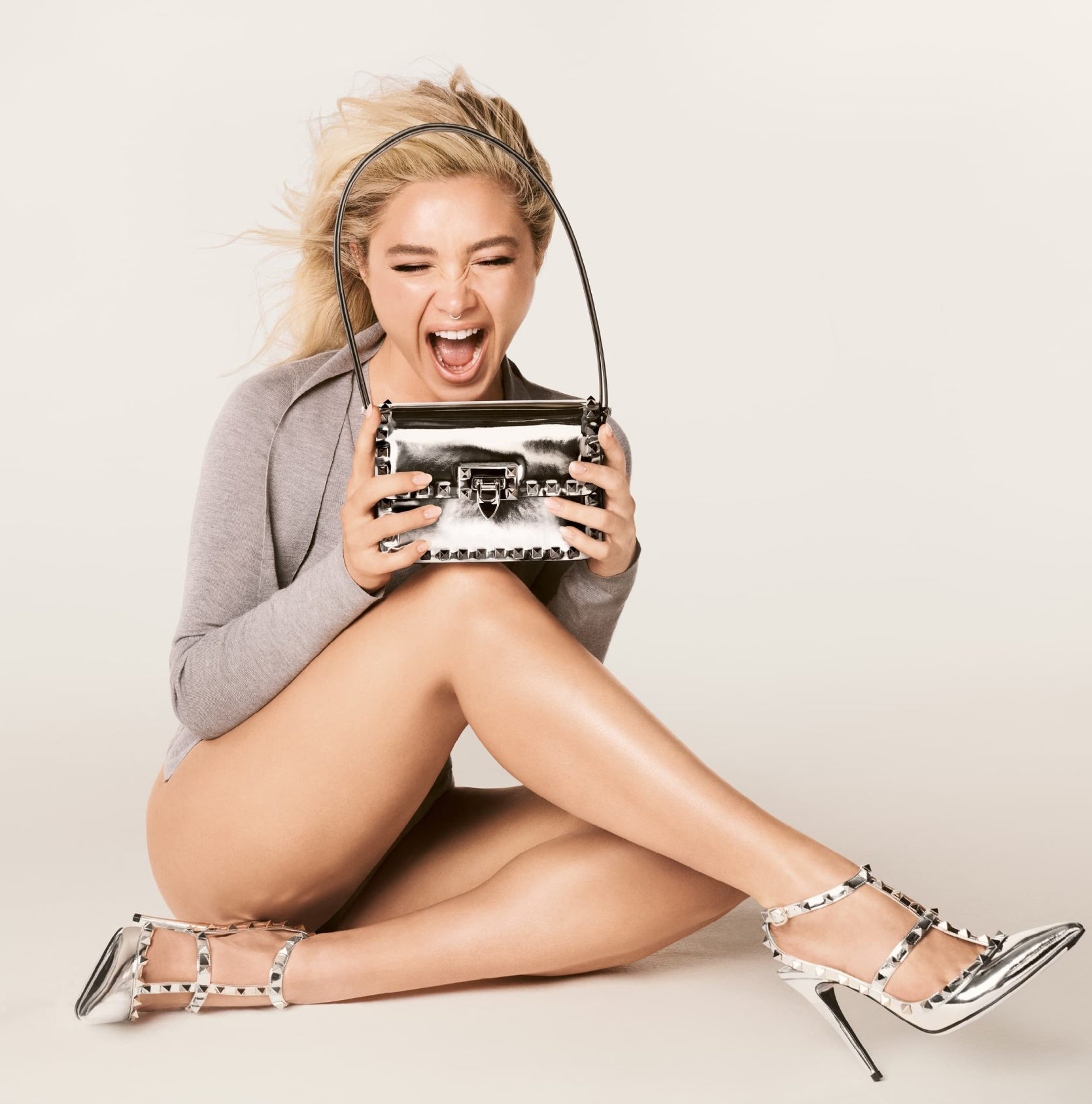
Brand ambassadors are likely to continue in one form or another. Fashion cannot divorce itself from celebrity, as the industry owes its very growth to the models, actors, and singers who champion luxury products every day. It will be interesting to see how this elevated partnership evolves. In the best of all possible worlds, a pair like Givenchy and Hepburn would again flourish. Perhaps that will be achieved by Dua Lipa and Versace—in the years to come, they might demonstrate the fruits of a sustaining, resonant partnership.
